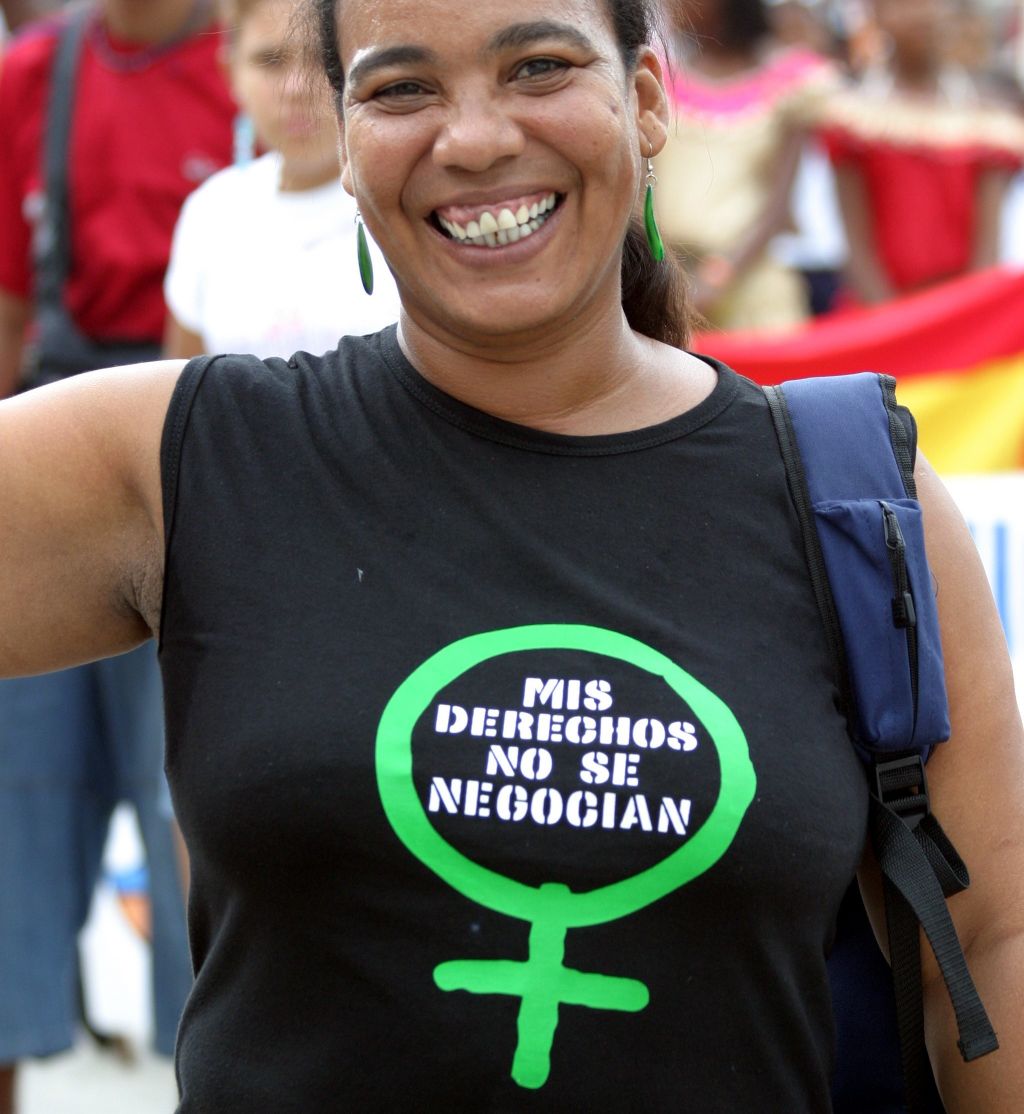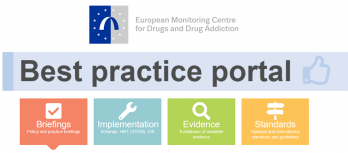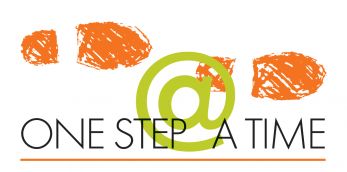Challenges and struggles to improve gender equity in drug policies
ReturnPublished on 19/11/21

Nuria Romo-Avilés, an expert on gender and drugs. University of Granada (Spain)
Gender equality emerges as one of the basic aims for building a peaceful, prosperous and sustainable world in the 2030 Sustainable Development Agenda, and its achievement involves implementing drug policies with a worldwide gender perspective.
We know that, in the case of women, together with the specific risk factors that they carry when they consume or traffic in drugs, structural inequalities occur that affect them due to their over-participation in care tasks and their lack of representation in places where political and economic decisions are made. These inequalities are constructed from a gender perspective, as this is what articulates social and cultural factors that affect men, women, boys, girls, and people with gender diversity in their experiences handling roles, relationships, opportunities or customs.
In drug use and abuse, sex and gender interact in a complex manner and affect public policies, while other factors such as social class, mother tongue, ethnicity, age, religion or sexual orientation affect this interaction and are key to the creation of public policies on drug addiction with a gender perspective.
Gender in drug policies
Gender roles and relationships affect use, access to substances, initiation of use, responses to advertising, marketing and promotion of legal substances, and how substance use functions as a response to gender-based experiences of trauma, care, poverty, social ties, inequality or marginalisation.
Gender affects responses to treatments, policies, and health promotion or harm reduction messages. Thus, there are many aspects of drug policy that require this perspective, and actions in this regard are very much at the embryonic stage. Prevention with a gender perspective to help avoid risks or take action on the most extreme cases of inequality, such as gender violence in all its forms, are examples of sensitive policy.
Good practices
The truth is that we need assessed examples to help us understand how to include gender in order to generate the right response. In this regard, we find actions such as the school prevention programme "Game of Keys" of the Proyecto Hombre Association, implemented in several Spanish autonomous communities, aims to incorporate the gender approach comprehensively, involving women in a specific way, thus achieving a differential effect on self-esteem that increases in the teenage girl group. Their results indicate the need for preventive programmes to include components that address gender-specific inequalities and situations of vulnerability, as well as gender indicators that enable the effectiveness of these actions on both sexes to be measured.
But gender and other variables of inequality, such as social class, mother tongue, disability or age also reinforce each other, contributing to the greatest inequality suffered by women - gender-based violence in all its forms. Gender-based violence is one of the most deplorable manifestations of inequality. According to the World Health Organization (WHO), almost one in three women worldwide have experienced sexual violence from their partner, or a non-partner, or both in their lifetime. In drug policies, it is necessary to raise awareness and act on the different types of violence in environments where psychoactive substances are used or abused. In this regard, interventions such as the Noctámbul@s observatory, project "Drugs and Gender" of the Health and Community Foundation to address sexual violence in nightlife and drug use environments, have initiated a series of prevention and risk reduction in recreational contexts, founded on a universal action-based approach and selective action from a gender perspective. Through research, training, awareness and support to municipalities and organisations in the development of protocols to address male violence in bars and discotheques, the design of public policies from feminist points of view is encouraged.
In short, these good practices show how a feminist agenda in drug policy must be intersectional and strongly reflect what women or non-binary gender populations are saying, expanding the models and innovating the methodology to capture the complexity of gender and bring about a cultural change in all the institutions that create drug policies. Much remains to be done, since it is necessary to innovate methodologically, to access the contexts in which gender is constructed, and to listen to those involved, but above all, to seek to avoid excessive criminalisation and the stigma that deepens social gender inequalities.
The European Commission is preparing a third phase of this programme, therefore COPOLAD will be back at the beginning of 2021.









